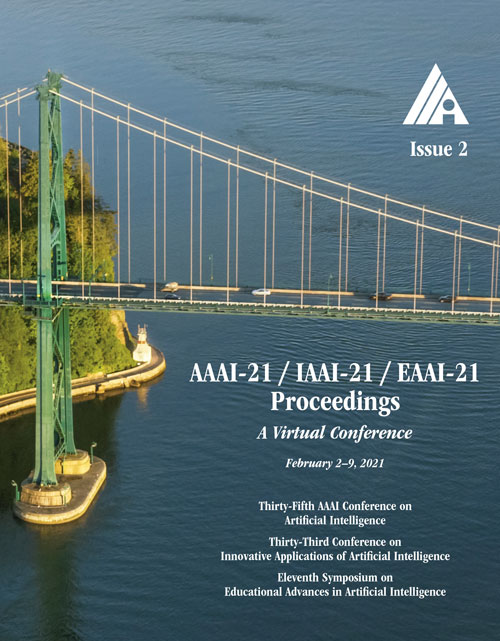Disentangled Multi-Relational Graph Convolutional Network for Pedestrian Trajectory Prediction
DOI:
https://doi.org/10.1609/aaai.v35i2.16174Keywords:
Vision for Robotics & Autonomous Driving, Motion & Tracking, Motion and Path Planning, Graph-based Machine LearningAbstract
Pedestrian trajectory prediction is one of the important tasks required for autonomous navigation and social robots in human environments. Previous studies focused on estimating social forces among individual pedestrians. However, they did not consider the social forces of groups on pedestrians, which results in over-collision avoidance problems. To address this problem, we present a Disentangled Multi-Relational Graph Convolutional Network (DMRGCN) for socially entangled pedestrian trajectory prediction. We first introduce a novel disentangled multi-scale aggregation to better represent social interactions, among pedestrians on a weighted graph. For the aggregation, we construct the multi-relational weighted graphs based on distances and relative displacements among pedestrians. In the prediction step, we propose a global temporal aggregation to alleviate accumulated errors for pedestrians changing their directions. Finally, we apply DropEdge into our DMRGCN to avoid the over-fitting issue on relatively small pedestrian trajectory datasets. Through the effective incorporation of the three parts within an end-to-end framework, DMRGCN achieves state-of-the-art performances on a variety of challenging trajectory prediction benchmarks.Downloads
Published
2021-05-18
How to Cite
Bae, I., & Jeon, H.-G. (2021). Disentangled Multi-Relational Graph Convolutional Network for Pedestrian Trajectory Prediction. Proceedings of the AAAI Conference on Artificial Intelligence, 35(2), 911-919. https://doi.org/10.1609/aaai.v35i2.16174
Issue
Section
AAAI Technical Track on Computer Vision I

